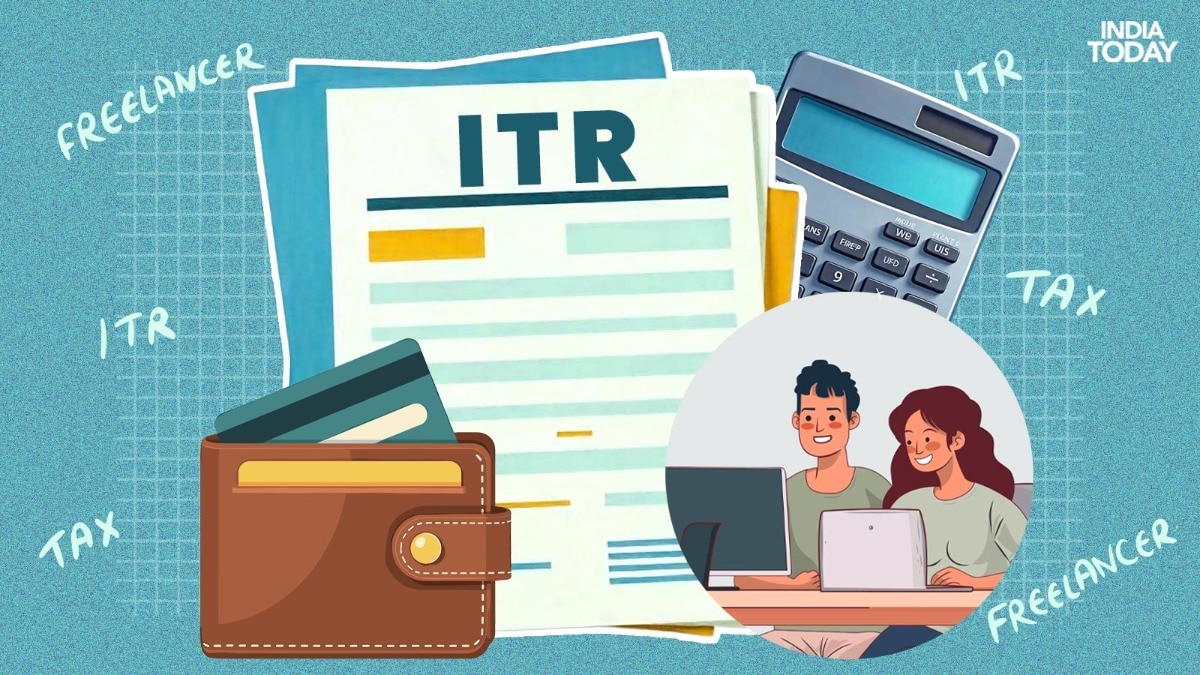ITR filing 2025: As the tax filing season rolls in, so does the annual confusion: “Which ITR form should I choose?” It’s the financial equivalent of being handed six doors and told to pick the right one—with penalties behind the wrong ones. From salaried professionals to side-hustling freelancers, choosing the correct ITR form is the first—and most important—step to staying compliant and stress-free. Fortunately, a simple Excel tool now promises to take the guesswork out of this essential task.
To make the process easier, CA Sai Pratap Kopparapu shared a newly developed Excel tool has gone viral online, guiding taxpayers in picking the right Income Tax Return (ITR) form for Assessment Year 2025–26. Here’s a breakdown of the main ITR forms and who should file them.
✅ ITR-1: For the salaried and simple-income individuals
Ideal for resident individuals earning income from salary or pension, owning one house property, and earning from other sources like interest or family pension. Agricultural income must be under ₹5,000, and total income should not exceed ₹50 lakh.
However, if you’re a director, hold unlisted shares, or have foreign assets/income, this form is off-limits.
✅ ITR-2: For NRIs, investors, and partners (no business income)
Applicable to individuals and HUFs not eligible for ITR-1. It covers capital gains, multiple properties, and foreign income.
It’s a must for non-residents, company directors, and firm partners without business income.
If you earn from a business or profession, skip this form.
✅ ITR-3: For business owners, professionals, and freelancers
This is your form if you have business income, are a professional, or a partner in a firm/LLP with business income. It also covers those with unlisted shares, capital gains, or multiple income types.
Mandatory for directors and individuals who don’t qualify for ITR-1, 2, or 4.
✅ ITR-4: For presumptive taxpayers under sections 44AD, 44ADA, 44AE
Suited for residents, HUFs, and firms (excluding LLPs) with total income up to ₹50 lakh and income under the presumptive taxation scheme.
You can include income from salary, one house property, and other sources, with LTCG under ₹1.25 lakh.
Avoid if you have unlisted shares, foreign assets, or income over ₹50 lakh.
✅ ITR-5: For LLPs, firms, AOPs, societies, and trusts
Meant for LLPs, partnership firms, societies, and trusts (except those claiming certain exemptions).
Individuals and HUFs should not use this form.
✅ ITR-6: For companies (excluding those claiming exemption under section 11)
Only applicable to companies not seeking exemption under charitable trust provisions.
🚫 Cross-check Before Filing!
Got carried forward losses? Skip ITR-1/4.
Holding ESOPs or foreign shares? Use ITR-2 or 3.
Switching tax regimes? File Form 10-IEA before submitting ITR-3/4.
Director or partner? ITR-1 and ITR-4 are not for you.
Whether you’re a salaried employee or a seasoned entrepreneur, picking the right ITR form is your first step toward a smooth tax filing experience. Use tools, read eligibility rules carefully, and when in doubt, consult a tax expert.
